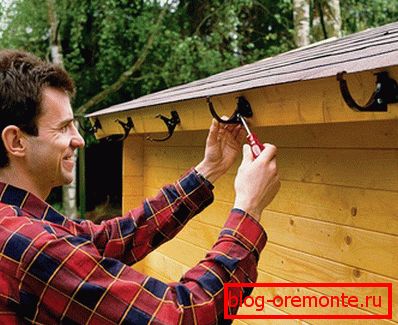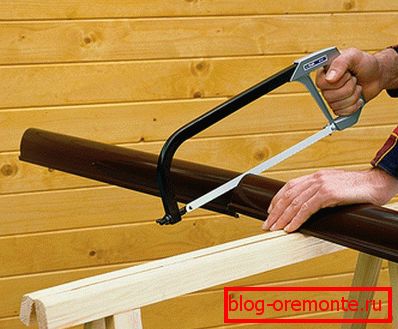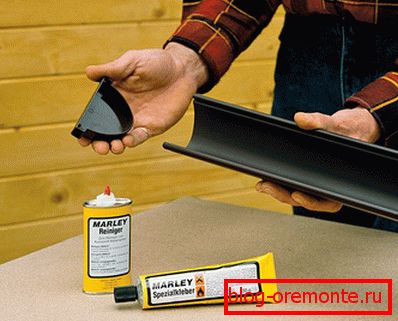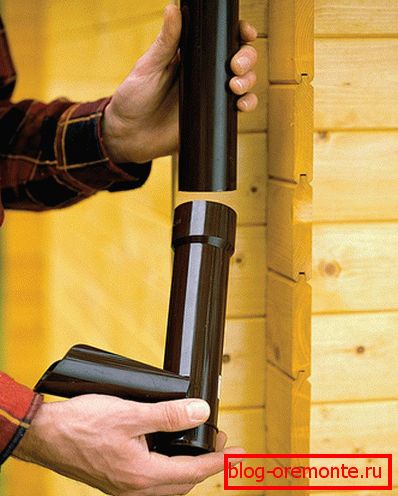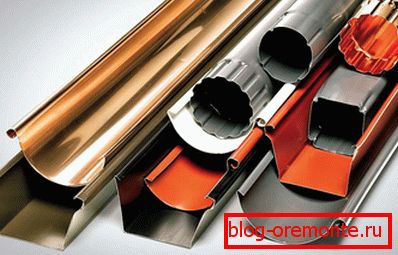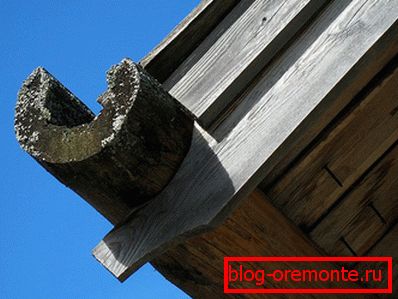How to fix the drain to the roof
Intense rain and melt water can cause significant damage to the local area, the foundation and walls of the building. Therefore, it is necessary to ensure complete and reliable drainage. The drainage system plays one of the main roles in protecting the walls and foundation of any structure. Meanwhile, in order to properly assemble such a structure, one should know how to fix the drain to the roof in order to avoid unnecessary overflow of water flowing down from the roof.
Special features

The drain is a special system consisting of gutters, funnels, vertical drainpipes, as well as component parts and fasteners. The main functional task of this design is the collection and discharge of atmospheric water, which flows down the roof of the roof. There are several types of drainage systems, depending on the material of manufacture and structural features. Meanwhile, the most popular today is the drain from PVC.
Design

Installing a drainage system always begins with a design. This is necessary to accurately determine the number of elements of this design. In addition, the total length of the gutters and downpipes should be calculated. It is also important to calculate the roof area in order to select drains of the appropriate diameter or section to ensure complete drainage of water flowing from the roof.
Fitting jaws
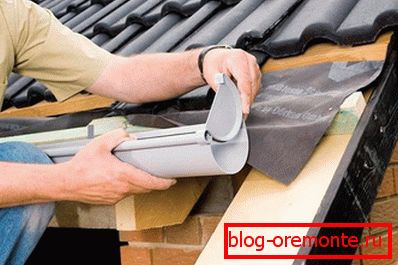
Installation of the drainage system involves the connection of several structural elements. One of the main components is the coupling funnel, which also compensates for the thermal expansion of plastic gutters. For this reason, the installation of the drainage system must begin with the installation of a funnel. According to the instructions on how to properly install the drain, elements such as a funnel should be installed at the lowest point, relative to the slope of the system. In practice, the upper edge of this element should be lowered 2 cm below such a line.

At the same time, the protrusion of the eaves above the frontal board should not be more than 3 parts of the diameter of the gutter. Compliance with this rule will prevent the possibility of water overflow through the gutter. In the next stage of the installation of the system, it is necessary to determine the required slope and fixing points for the gutter brackets. Plastic bracket must be attached to the frontal board with screws. At the funnel level, fasten both hooks on both sides.
You also need to ensure the distance between the bracket and the funnel 2 cm Between the brackets fixed in this way, you need to stretch the cord, which will determine the line of the slope of the drain and allow you to accurately install all other elements. Do not forget about ensuring the slope of the chute on a segment of 10 m. It must be at least 2 cm.

In practice, it is necessary to observe the distance between the gutter brackets, which should be no more than 60 cm. If the gutter brackets design involves fixing them directly to the roofing boards, then it is necessary to ensure the hook bending distance. After fixing all the brackets, you can begin the installation of gutters. Such elements must be cut to size with a hacksaw.
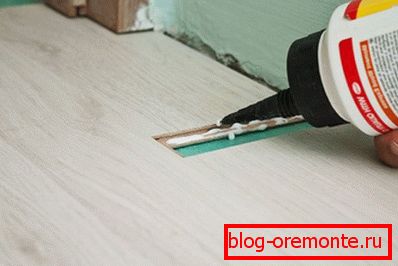
Note! Connections of such elements in the funnel can not be glued. For joining between each individual sections of the gutters, special connectors are used. When installing the connector, keep the distance to the nearest bracket, which should not be less than 10 cm.
An important point when mounting the gutters is their proper fastening. Often the shape of the roof requires the use of internal and external plastic corners.
In order to connect the gutter gutter with an angle, you need to apply a few strips of glue on the inside of the corner, then press these elements. Special brackets should be glued on the nearest brackets of the corner element. Some cases suggest a distance between the craters of more than 15 m, which requires the use of corrective connectors. As a tail stop at the end of the gutter, you need to use a special cap, which is fixed with glue.
Installation of drainpipes

After mounting the horizontal elements, you should proceed to the installation of vertical drainpipes and accessories. Knee need to be interconnected sections of the drain pipe. Thus it is necessary to glue only the upper connecting pair. Installation of drainpipes must begin with the marking of the fixing points of clamps. Using the appropriate drill, make a hole for the dowel. After that you need to fasten the base for the clamp. One piece of pipe should be fixed with two clamps.

To connect between two fragments of drainpipes, you need to use a special coupling. The principal feature of such a connection is the provision of a 2-centimeter distance between the individual pipes. Warning: this connection can not be glued. Installation of drainpipes must be completed by gluing the lower knees.
As an additional element, you can use a special apron for the gutter, which is fixed to the wooden boards of the roof. Upon completion of installation of the drainage system construction, it is necessary to proceed to the installation of the roof. To finally deal with the nuances of fixing the drain to the roof, we recommend watching the video.
We also want to bring to your attention an article that tells you how to avoid icing of drains in winter:
- Heated roof and gutters.
Video
This video is very detailed about the installation of the drainage system with their own hands:
A photo
